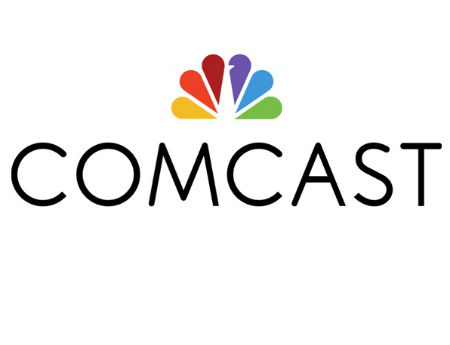Comcast Extends Reach Of 505-Meg FTTP Service

Comcast confirmed that it has recently extended the reach of Extreme 505, a fiber-based broadband service that pumps out 505 Mbps downstream and 100 Mbps upstream, to several systems in its South Division, including Atlanta, Nashville, Jacksonville, and south Florida.
That follows the service’s initial launch in Comcast’s Northeast region in the fall of 2012, and more recently in select cities in its Central Division, including Chicago. Multichannel News reported in February that Comcast was in the process of bringing Extreme 505 to new makets.
Extreme 505 is a fiber-to-the-premises product that uses Metro Ethernet technology that Comcast typically uses to deliver business-class services. After starting off with a 305/65 residential speed offering, Comcast ramped it up to 505/100 last fall, presumably to keep pace with Verizon FiOS’s fastest residential broadband tier at the time, which was 500x100. Verizon has since moved ahead on an upstream upgrade plan that will enable it to deliver symmetrical speeds across all tiers, including 500/500 for its top-end offering. (A deeper analysis on Verizon's upgrade and its potential implication for the cable industry will be featured in the July 28 issue of Multichannel News.)
Comcast currently sells Extreme 505 for $399.95 per month (it tosses in its Constant Guard online security service for free), and requires that customers sign a three-year contract that is subject to an early termination fee.
Extreme 505 is considered a limited fiber-only option Comcast can offer as the cable industry develops DOCSIS 3.1, an emerging CableLabs-specified platform for the hybrid fiber/coax (HFC) network that is targeting capacities of 10 Gbps down and at least 1 Gbps upstream. Widespread deployments of DOCSIS 3.1 technology, which the cable industry will tout under the consumer brand of “Gigasphere,” is still a couple of years away.
Comcast’s current, fastest DOCSIS 3.0-based residential broadband tier supports downstream bursts up to 150 Mbps and upstream speeds up to 20 Mbps.
Verizon's new FiOS upgrades, which seemingly target the downstream-heavy, asymmetrical nature of cable’s DOCSIS platform, and the emerging threat of Google Fiber, is causing the business media to become more attuned to the industry’s relatively limited FTTP activity.
Multichannel Newsletter
The smarter way to stay on top of the multichannel video marketplace. Sign up below.
Comcast told The Wall Street Journal that the operator has begun to deploy FTTP in some new residential areas, telling the paper that the costs of building all-fiber networks from scratch are now “similar” to an HFC deployment. Among recent action, the operator has proposed to build an FTTP network for a 530-home neighborhood in Sun Valley, Fla., the paper reported.
Still, building FTTP networks for residential services represents a small part of the U.S. cable industry’s overall activity, and has largely been relegated to greenfields and new home developments where the builder requires service providers to go with an all-fiber network.
Earlier this year, for example, Bright House Networks signed up to build a 1-Gig-capable fiber network that will serve a new 6,000-home development in the Tampa area.
At the same time, CableLabs is working on technologies that will help cable operators use their existing DOCSIS backoffice and provisioning systems on FTTP networks. Following initial work that produced such specs for EPON networks, CableLabs is also developing a way to bring DOCSIS-style provisioning to GPON-based networks.
Also on the FTTP front, CableLabs is proposing to bring unity to those PON standards under a project called “OnePON,” and is looking to facilitate that discussion with the bodies that govern the EPON and GPON technical standards.
